Music production has come a long way, with various tools and techniques at the disposal of producers. One of the most versatile tools in our kit is the compressor. Especially when we're dealing with drum shells like the kick, snare, and toms, compression is one the best ways to increase the excitement in a drum performance. In this guide, we'll explore how to effectively use audio compression on drum shells.
Understanding Compression Basics
Before diving deep, let's quickly recap the fundamental parameters of a compressor:
- Threshold/Input: The level at which compression begins. When the input signal surpasses this level, the compressor starts to work.
- Ratio: Determines the amount of compression. For instance, a 4:1 ratio means that for every 4 dB above the threshold, the output will only increase by 1 dB.
- Attack: How quickly the compressor responds once the input signal exceeds the threshold.
- Release: The time it takes for the compressor to stop compressing after the input signal drops below the threshold.
- Knee: This can be 'hard' or 'soft'. A hard knee applies compression suddenly, while a soft knee introduces it more gradually. (Not every compressor has this feature.)
- Make-up Gain: Used to boost the compressed signal to the desired output level if the compression lowers the volume too much.
Why Compress Drum Shells?
So, why would we want to compress drums? Here are some reasons:
- Sustain Control: Drums, especially snares and toms, can have resonances that either need to be prolonged or shortened. Compression helps achieve this.
- Enhancing Punch: Want that kick to thump and that snare to snap? Compression can give drums the punch and presence in a mix.
- Consistent Levels: Drums can have varying dynamics. Compression ensures that they maintain a consistent level throughout a track.
Approaches to Compressing Drums Depending on Sound
Different genres and moods require different drum sounds. Let's dive into the various compression approaches to achieve specific drum tones.
Punchy Drums
If you're after a tight, impactful drum sound that cuts through a mix, here's how to achieve it:
- Fast Attack and Release: This can help shape the transient and body of the drum sound swiftly.
- Moderate to High Ratio: A setting of 4:1 or higher can bring out the punch effectively.
Practical Example: For a snare that you want to hit with a lot of presence, set a fast attack (around 1-5 ms) and a quick release (30-50 ms). Adjust the ratio to about 4 or 6:1, tweak the threshold until you achieve 3-6 dB of gain reduction, and balance with make-up gain.

Natural & Subtle Compression
For those sessions where you want the drums to breathe and sound organic:
- Soft Knee: This offers a gentle onset of compression.
- Slower Attack Time: Allows the transients to pass through, preserving the drum's natural dynamics.
Practical Example: When working with jazz drums, opt for a soft knee with an attack time of 10-30 ms and a release of 60-100 ms. A lower ratio, like 2:1, can keep things sounding smooth.
Aggressive Compression
Sometimes, we want our drums to be blatantly compressed for a stylistic effect:
- Fast Attack and High Ratio: This can squash the drums noticeably.
- Parallel Compression: Blend the heavily compressed signal with the dry drum sound for added fullness and excitement.
Practical Example: For a rock track, where the snare needs to sound almost 'flattened' but huge, use a fast attack (0-2 ms), a high ratio (8:1 or more), and blend this compressed sound with the original snare track.
Controlling Sustain & Resonance
To manage the tail end of drum sounds:
- Slower Release Times: Allows the compressor to influence the drum's sustain and resonance.
Practical Example: If your tom sounds too 'ringy,' use a moderate attack (10-20 ms) and longer release (100-200 ms) to reign in its resonance. This can give the tom a controlled, full-bodied sound without excessive ringing.

Considerations for Individual Drum Elements
While we've discussed the general techniques for compressing drums, each drum element has its unique characteristics. Let's look at the considerations for the kick, snare, and toms.
Kick Drum
The foundation of most rhythms, the kick drum, requires special attention to ensure it doesn't get lost or muddy in the mix.
- Preserving Punch: A moderate attack (5-15 ms) allows the initial transient of the kick to come through before compression sets in.
- Avoiding Muddiness: Be cautious of over-compressing. Too much compression can rob the kick of its clarity, especially in the low end.
Practical Example: For a dance track where the kick needs to dominate, use a 4:1 ratio, set the attack around 10 ms, and adjust the threshold to achieve about 4-6 dB of gain reduction. Use make-up gain to bring its level back up.
Snare Drum
The snare is often the drum that stands out most in a mix, offering both rhythm and character.
- Enhancing Crack: A faster attack (2-10 ms) can help to emphasize the snare's sharp, crackling transient.
- Balancing Sustain: Adjust the release time (40-100 ms) to control how long the snare's body and ring are heard.
Practical Example: For a pop mix, where the snare should be crisp and present, a 5:1 ratio with a fast attack (5 ms) and moderate release (60 ms) might be ideal.
Toms
Toms provide depth and variation to drum patterns, but they can also introduce unwanted prolonged resonances. (Refer to the practical example mentioned above.)
- Enhancing Body: Opt for a slower attack (20-40 ms) to let the meaty part of the tom's sound come through.
- Giving Them Depth: A slower attack (10-30 ms) can allow the tom's natural body to shine before compression clamps down on it.
Practical Example: If you're working on a rock ballad and want the toms to have a deep, cinematic feel, set a soft knee, a 3:1 ratio, a 20 ms attack, and a 150 ms release. Adjust the threshold to get 3-5 dB of gain reduction.

Wrap-up & Final Thoughts
Compression is as much an art as it is a science. The guidelines provided are starting points. The most crucial tool you have is your ears. Trust them, experiment, and find the unique sound signatures that elevate your mixes. Mastering the intricacies of compression can significantly enhance your production skills.
If you'd like a great drum compressor, check out our very own Complexx or ADC1 plugins! You can start a free trial right now and practice compressing your drum shells immediately!

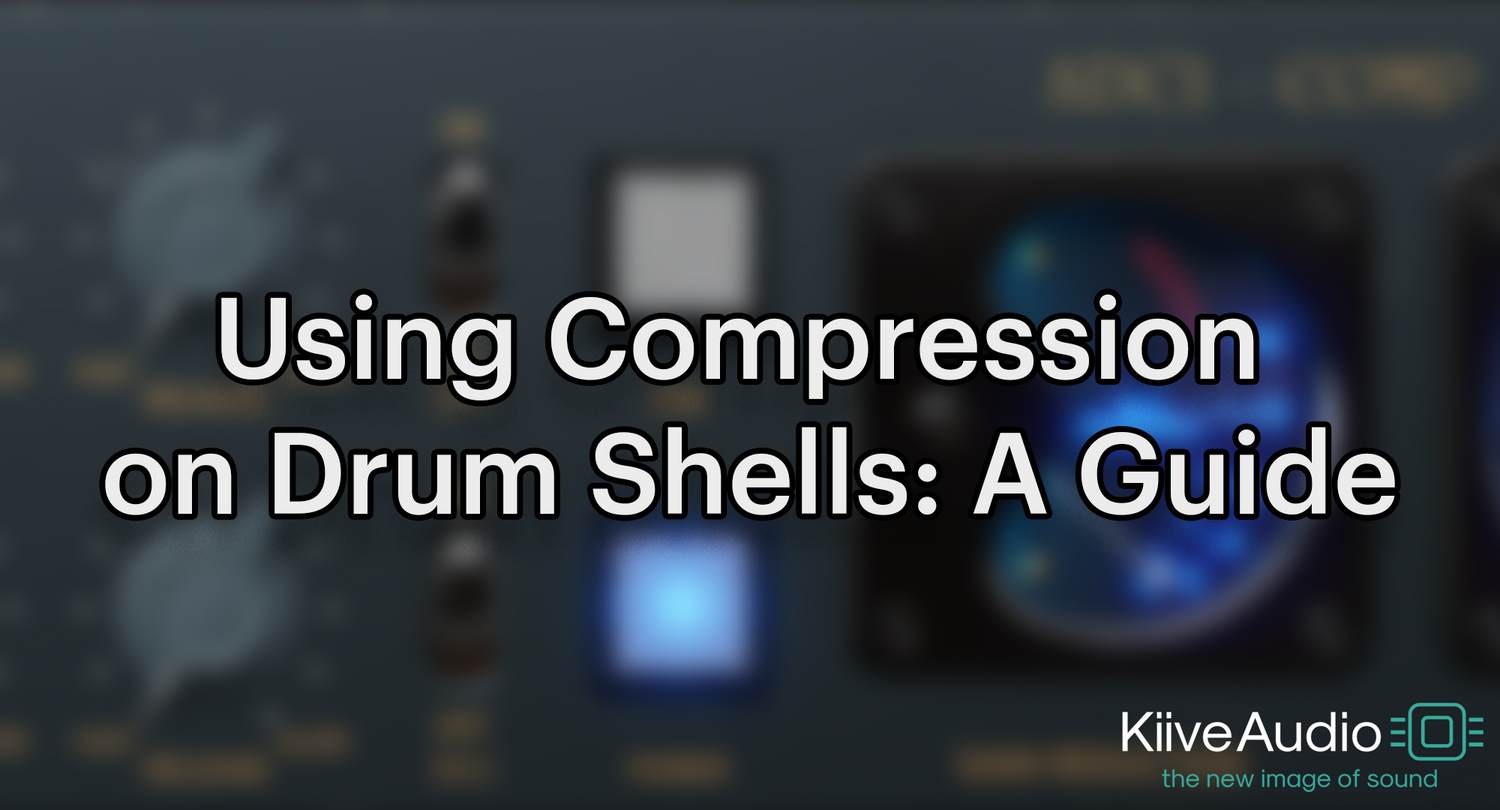



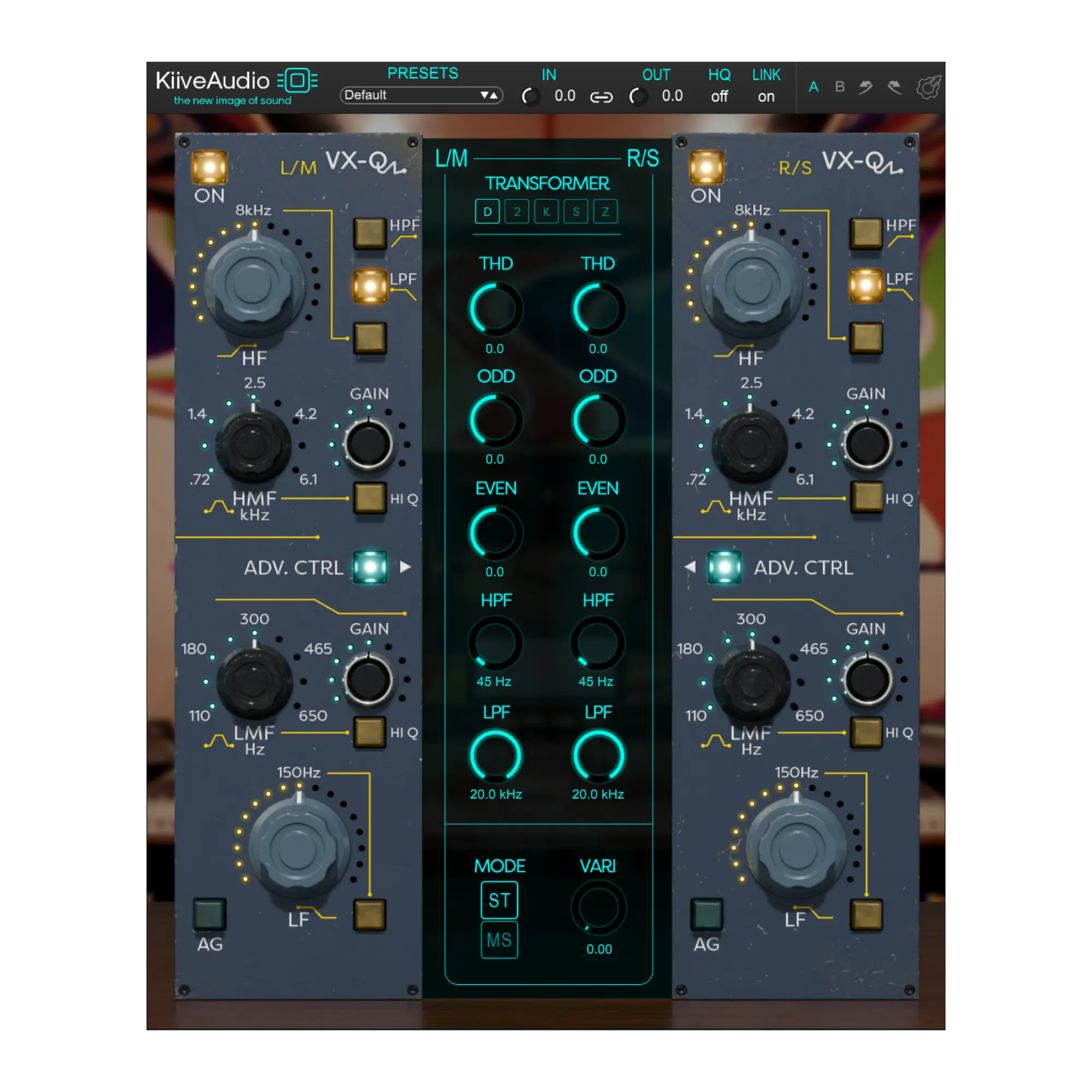
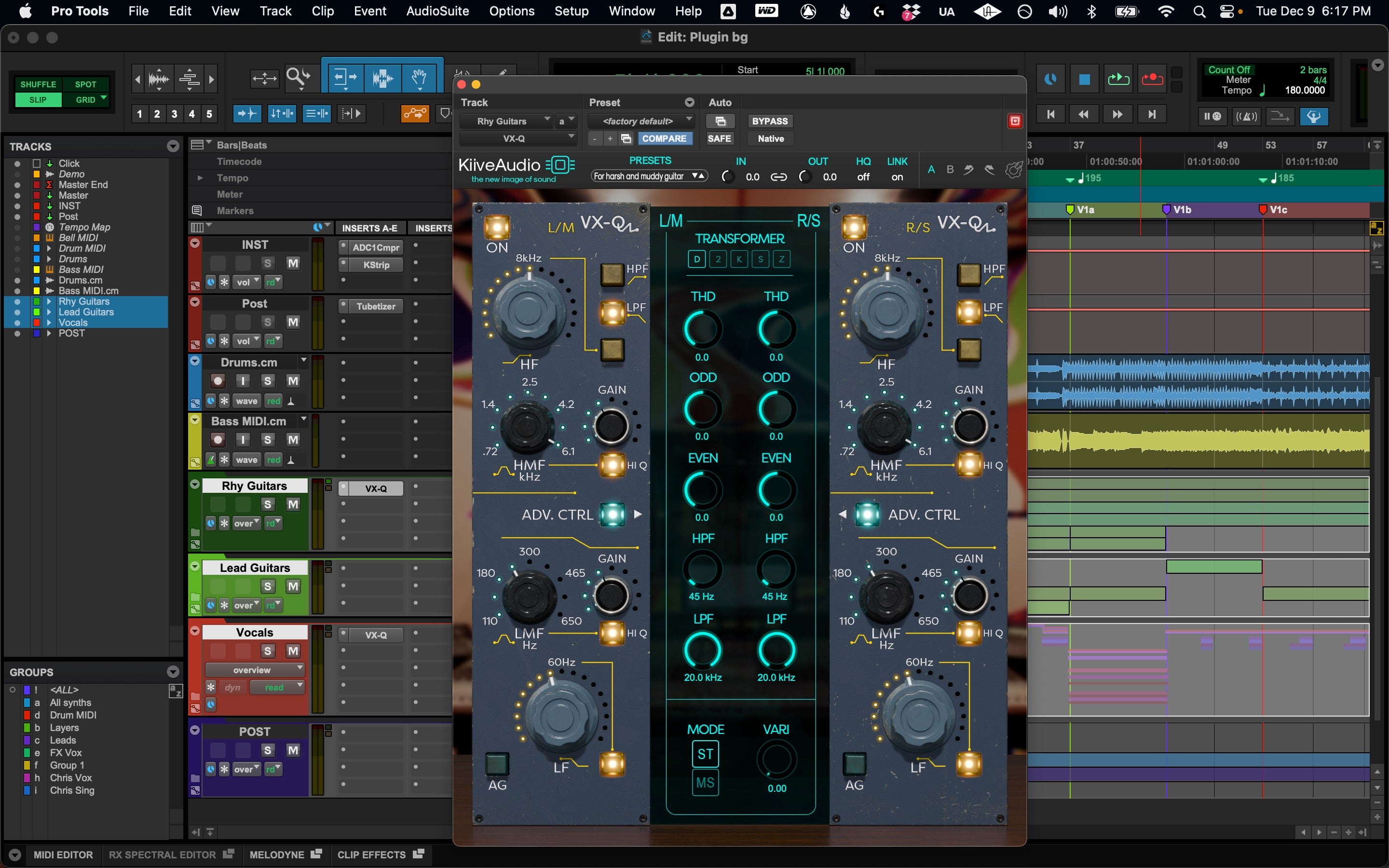


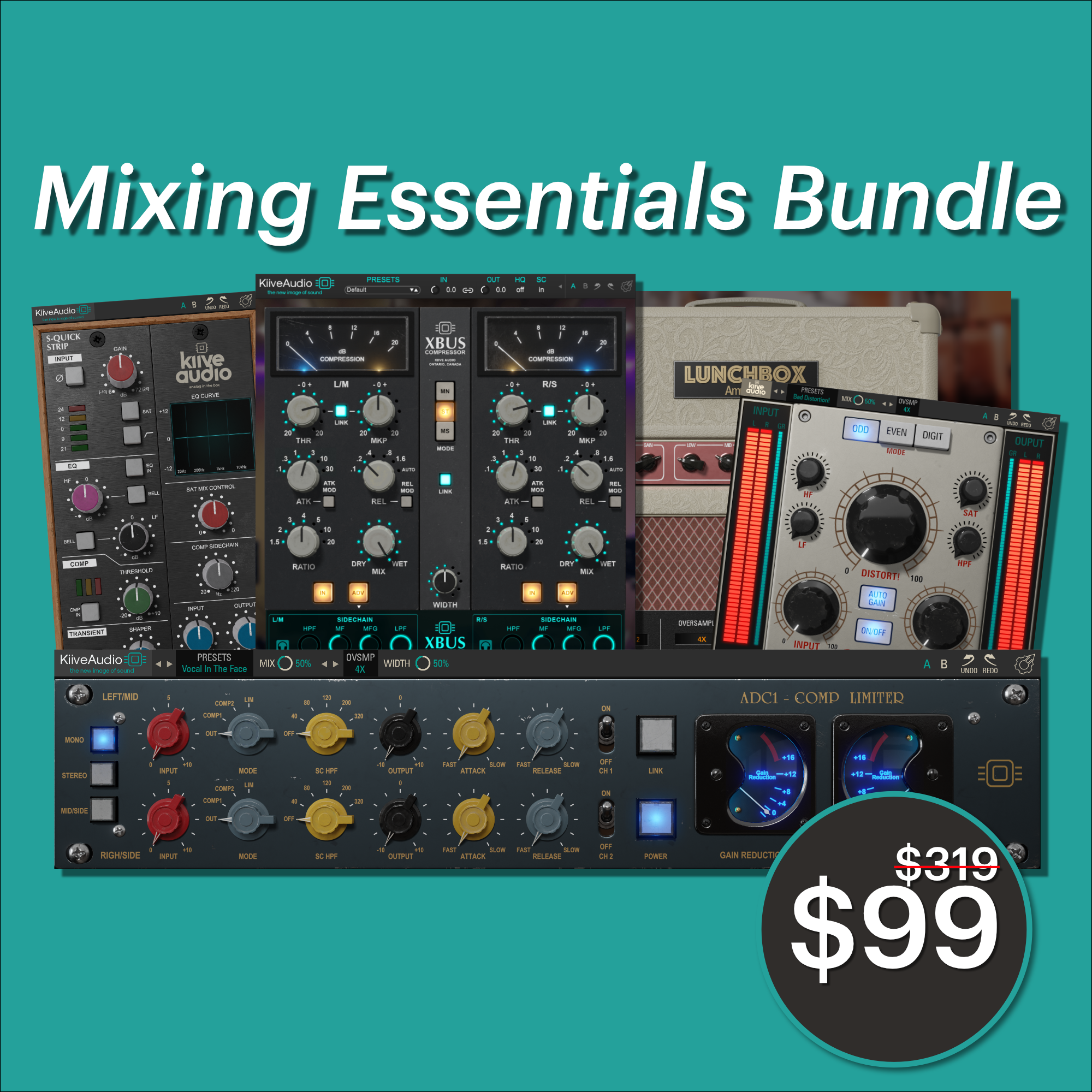
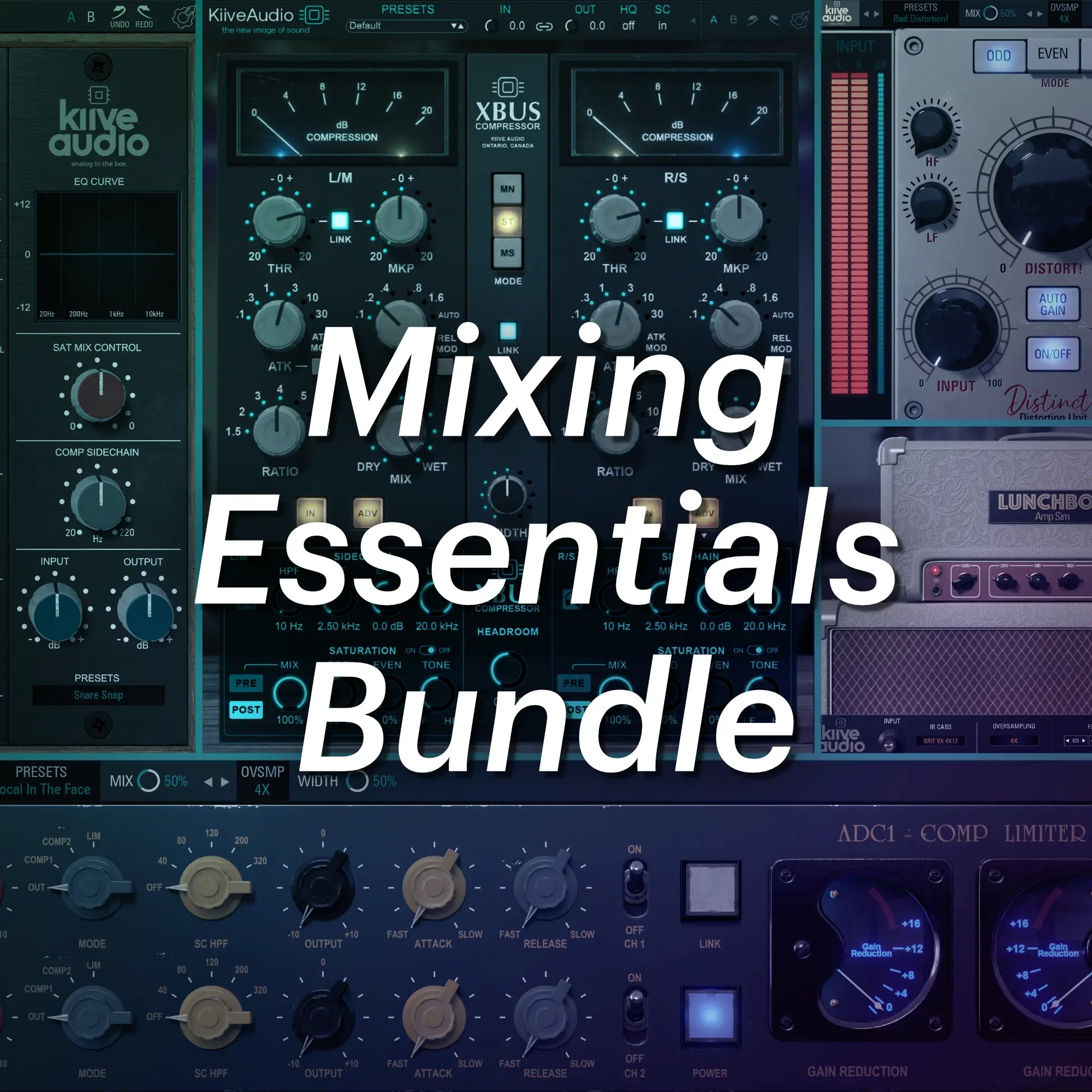
Leave a comment
All comments are moderated before being published.
This site is protected by hCaptcha and the hCaptcha Privacy Policy and Terms of Service apply.